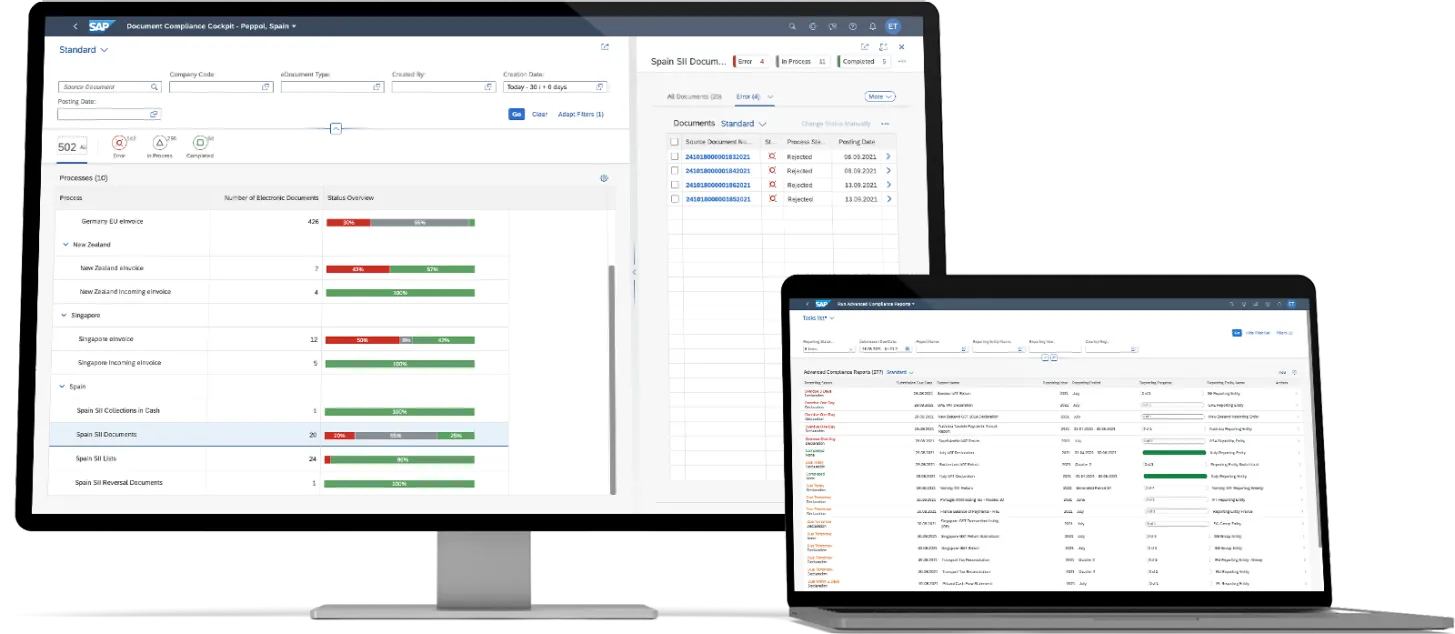Aspect
How DRC helps!
Example
Statutory reporting
It helps businesses to generate and submit statutory reports in compliance with legal requirements. It includes pre-built reports for a number of common legal requirements, such as VAT reporting, corporate income tax reporting, financial reporting, and environmental reporting. Businesses can also create custom reports to meet their specific legal requirements.
For example, It can help businesses to generate VAT reports in the format required by the tax authorities in their country.
Compliance reports
It helps businesses to generate and manage compliance reports, such as risk reports, internal control reports, and audit reports. It provides a variety of features to help businesses streamline the generation and management of compliance reports, such as the ability to automate report generation, schedule reports to be generated on a regular basis, and track the status of reports.
For example, It can help businesses to generate a risk report that identifies and assesses the risks facing the business.
Existing reports
It can be used to generate existing reports, as well as new reports. For example, a business can import its existing VAT report template into It and configure It to generate VAT reports in the same format.
For example, a business can import its existing VAT report template into It and configure It to generate VAT reports in the same format.
Streamlined approach
It provides a streamlined approach to statutory reporting and compliance. It helps businesses to centralize the management of statutory reports and compliance activities, standardize the reporting process across different countries and regions, and integrate statutory reporting and compliance with other business processes, such as financial reporting and risk management.
For example, It can help a business to centralize the management of its VAT reporting for all of its countries of operation.
Legal requirements
It is designed to help businesses comply with a wide range of legal requirements. It includes pre-built reports for a number of common legal requirements, and it provides businesses with the flexibility to create custom reports to meet their specific legal requirements.
For example, It can help businesses to comply with the GDPR, which is a data protection regulation in the European Union.


.webp)



.webp)
.webp)



